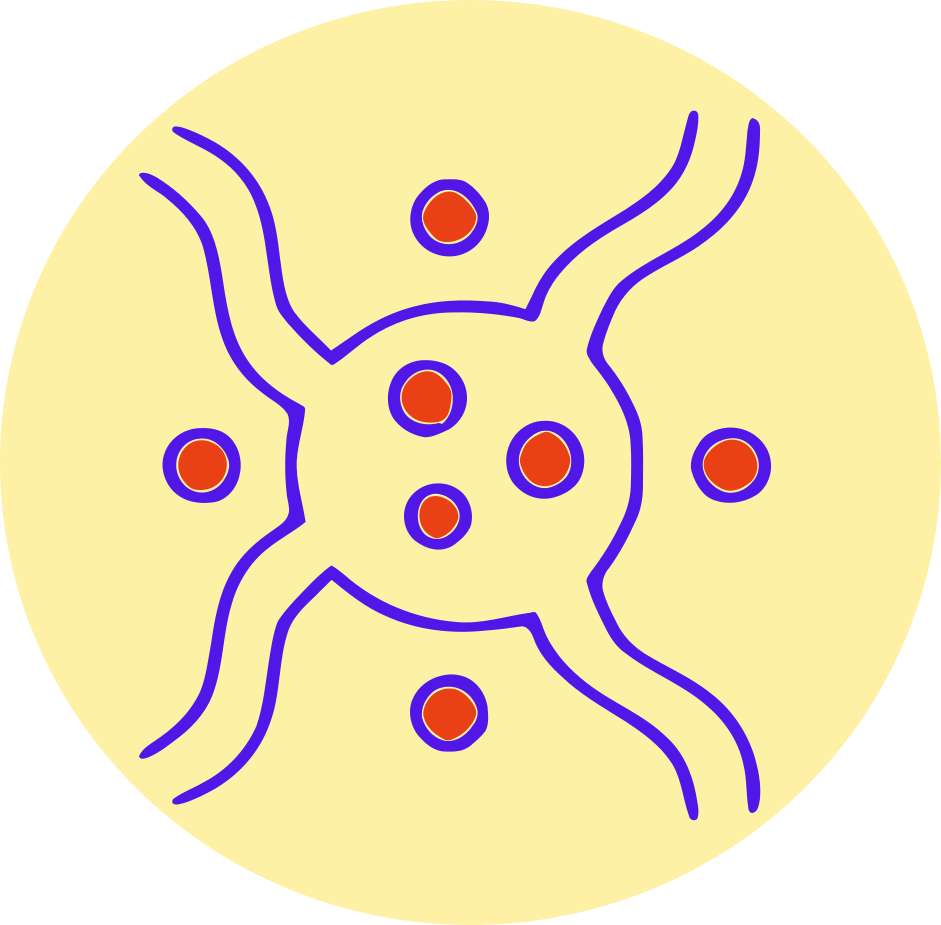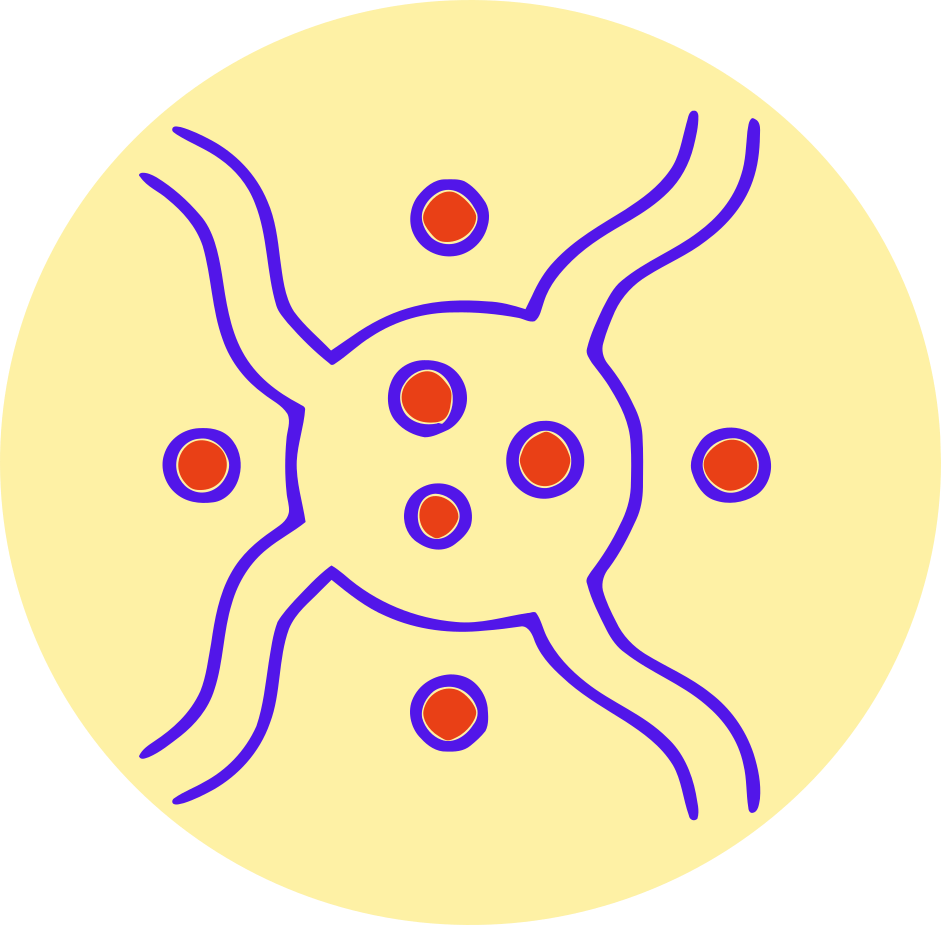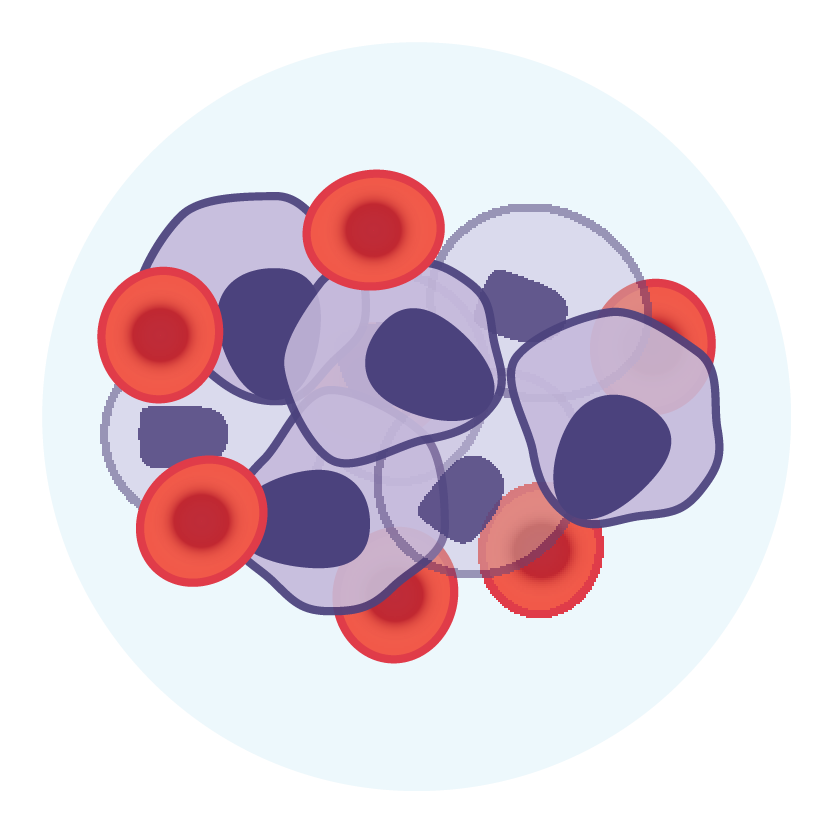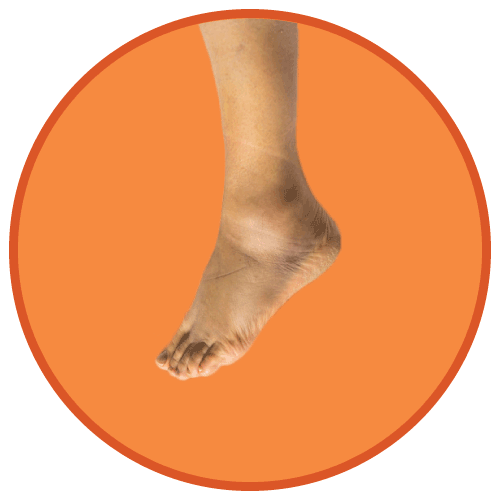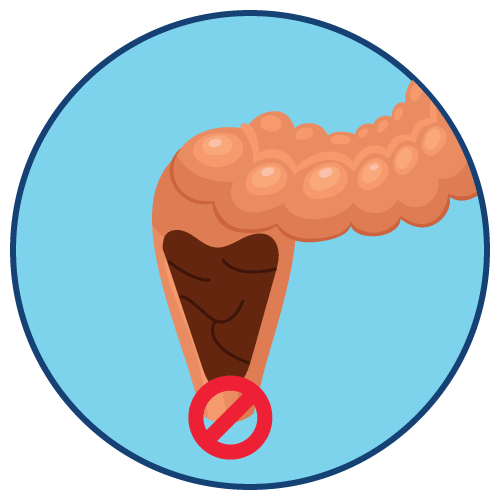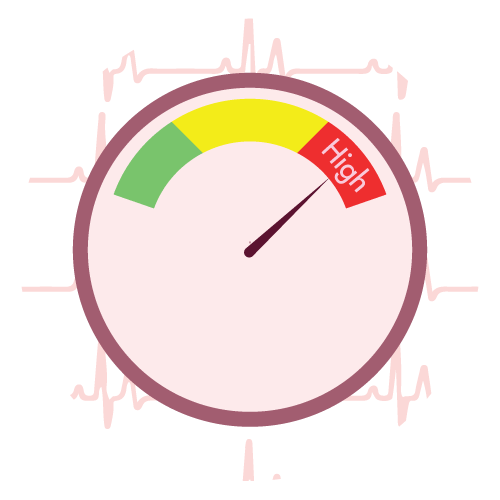| Name | Vincristine Sulphate |
| Classes |
Anticancer/Antineoplastic Agent Mitotic Inhibitor |
| Diseases |
Cancer Hodgkin Lymphoma Leukemia Neuroblastoma Rhabdomyosarcoma |
Vincristine Sulphate
Vincristine is an indole alkaloid derived from the plant Vinca rosea. It is an anticancer drug belonging to the class of microtubule inhibitors. Vincristine sulfate's mechanism of action has been linked to the inhibition of microtubule formation in mitotic spindles, resulting in the arrest of dividing cells at the metaphase stage.
- Vincristine sulfate injection is indicated in acute leukemia.
- Vincristine sulfate injection has also been shown to be useful in combination with other oncolytic agents in Hodgkin’s disease, non–Hodgkin’s malignant lymphomas, rhabdomyosarcoma, neuroblastoma, and Wilms’ tumor.
The usual dose of Vincristine Sulfate Injection, USP for pediatric patients is 1.5–2 mg/m2. For pediatric patients weighing 10 kg or less, the starting dose should be 0.05 mg/kg, administered once a week. The usual dose of Vincristine Sulfate Injection, USP for adults is 1.4 mg/m2. A 50% reduction in the dose of Vincristine Sulfate Injection, USP is recommended for patients having a direct serum bilirubin value above 3 mg/100 mL.
- Hepatic veno-occlusive disease
- Rash
- Edema
- Constipation
- Nausea
- Diarrhea
- Anorexia
- Polyuria
- Hypertension
- Ataxia
- Alopecia
Caution
This preparation should only be administered by persons who have previous experience with Vincristine Sulfate Injection, USP. Before injecting vincristine, it is critical that the intravenous needle or catheter be properly positioned. Leakage of Vincristine Sulfate Injection, USP into surrounding tissue during intravenous administration may cause significant irritation. If extravasation occurs, the injection should be stopped immediately, and any remaining dose should be administered into another vein. Local hyaluronidase injection and the application of moderate heat to the area of leakage aid in dispersing the drug and are thought to reduce discomfort and the possibility of cellulitis.
FOR INTRAVENOUS USE ONLY – FATAL IF GIVEN BY OTHER ROUTES.
- Vincristine sulfate has been linked to acute uric acid nephropathy, which can occur after the administration of oncolytic agents.
- In the presence of leukopenia or a complicating infection, the next dose of vincristine sulfate injection should be administered with caution.
- Because vincristine does not appear to cross the blood-brain barrier in sufficient amounts, additional agents may be required if central nervous system leukemia is diagnosed.
- If vincristine sulfate injection is administered to patients with preexisting neuromuscular disease or when other drugs with neurotoxic potential are also used, special attention should be paid to dosage and neurologic side effects.
- Acute shortness of breath and severe bronchospasm have been reported after taking vinca alkaloids. These reactions have been seen most frequently when the vinca alkaloid was combined with mitomycin-C, and they may necessitate aggressive treatment, especially if there is preexisting pulmonary dysfunction.
- To avoid contamination of the eye, the clinical concentration of vincristine sulfate injection must be used with caution. If the drug is accidentally contaminated, severe irritation (or, if the drug was delivered under pressure, corneal ulceration) may occur. The eye should be thoroughly washed right away.
Contraindication
Contraindicated in patients hypersensitive to vincristine sulfate.
None known.
- Patients with the demyelinating form of Charcot–Marie–Tooth syndrome should not be given vincristine sulfate injection.
- Careful attention should be given to those conditions listed under Precautions.
 Bangla
Bangla English
English